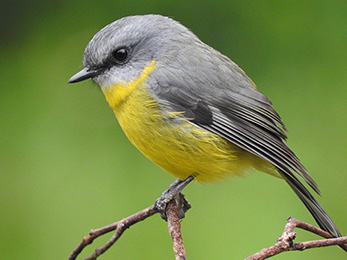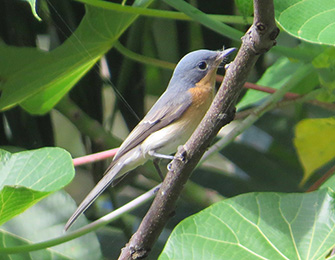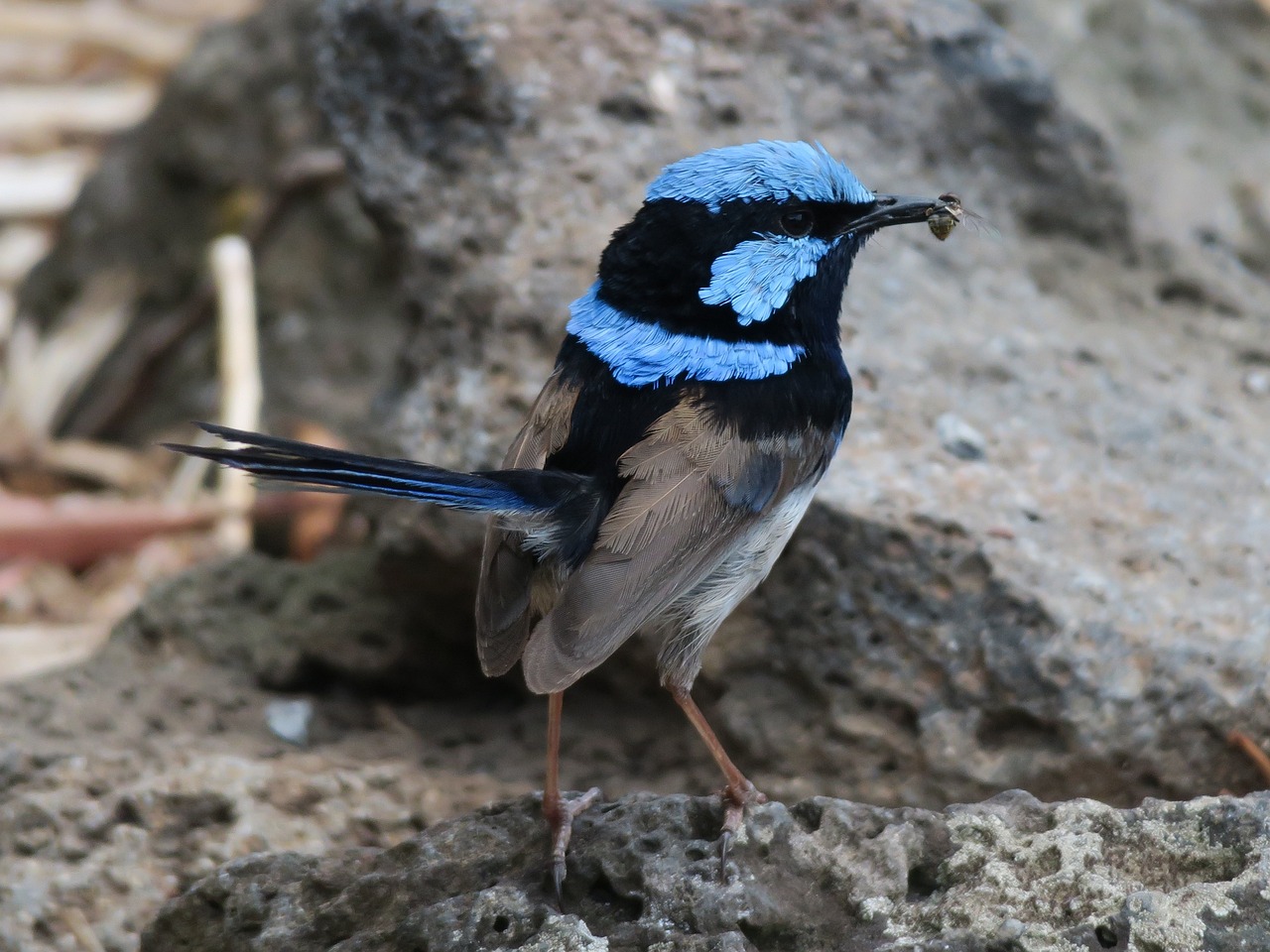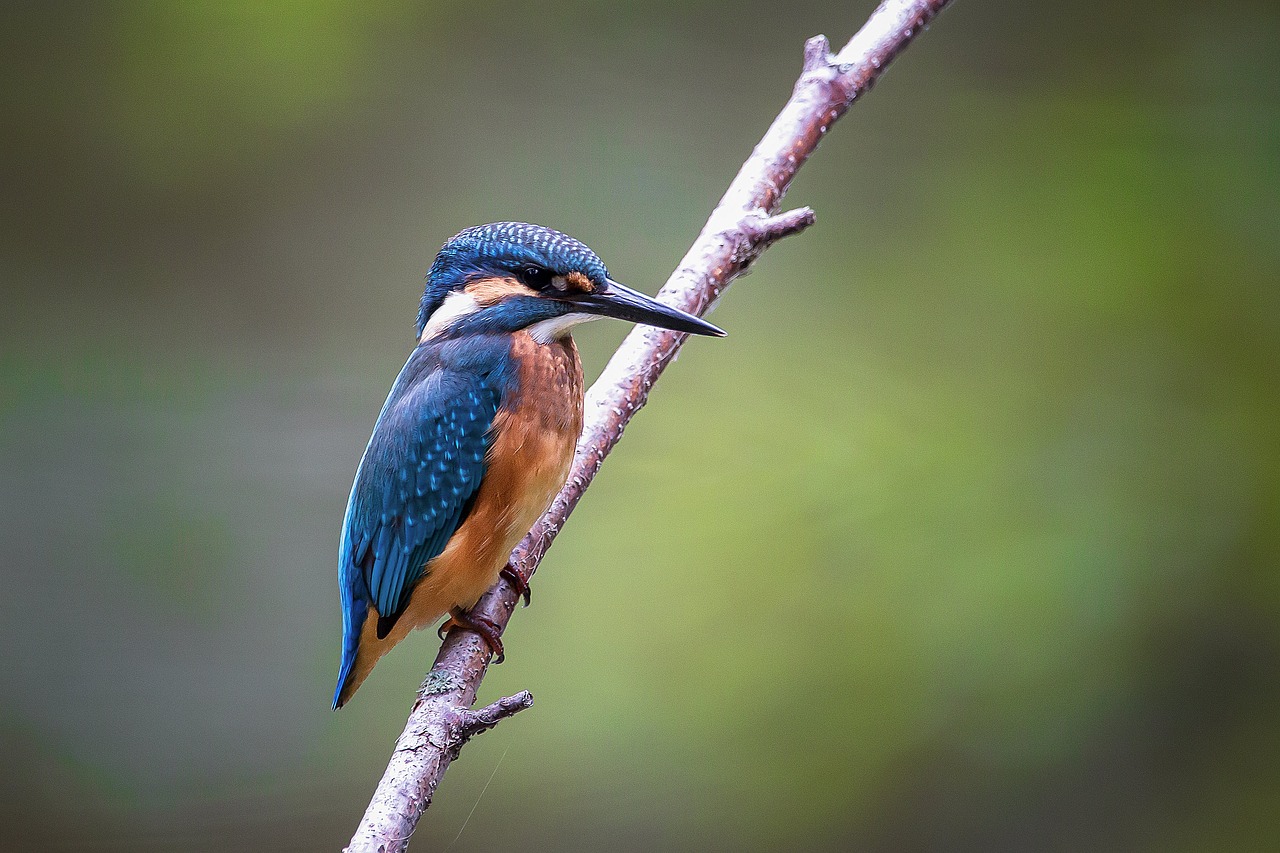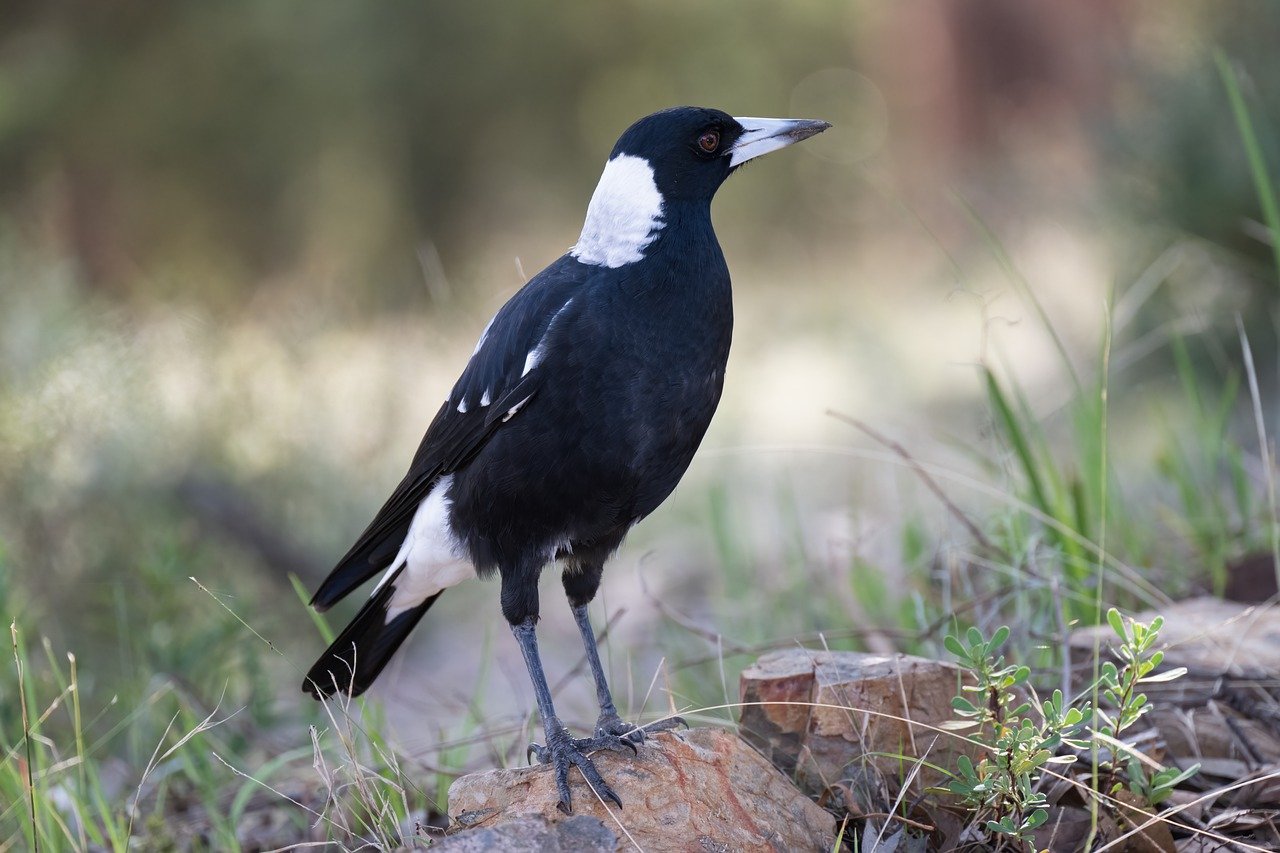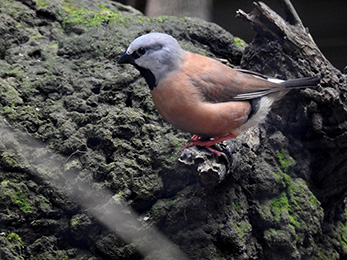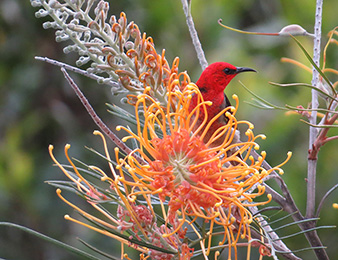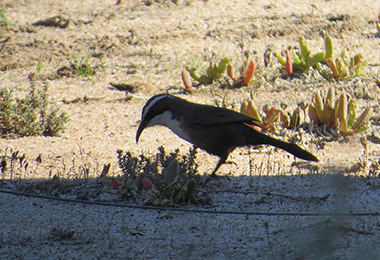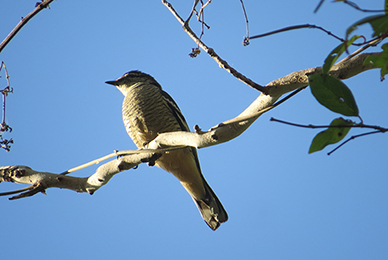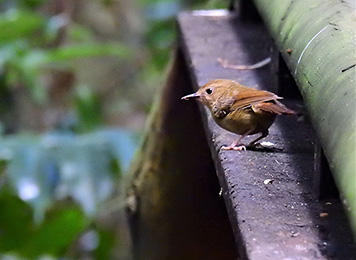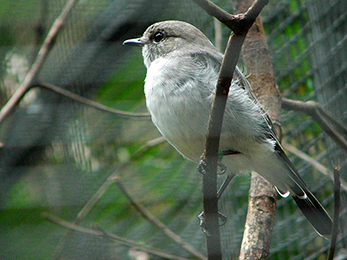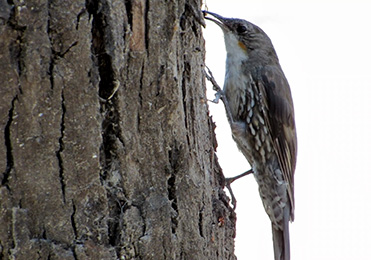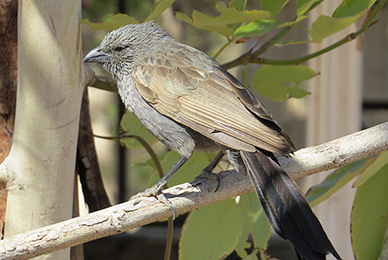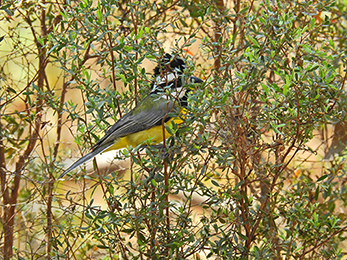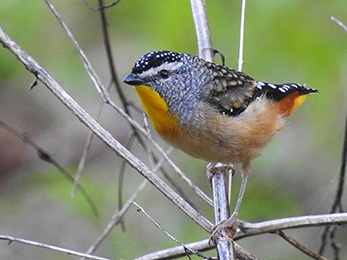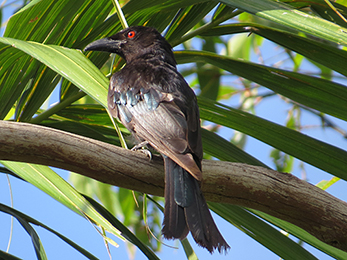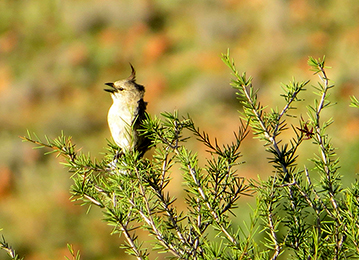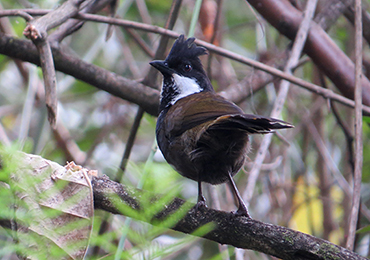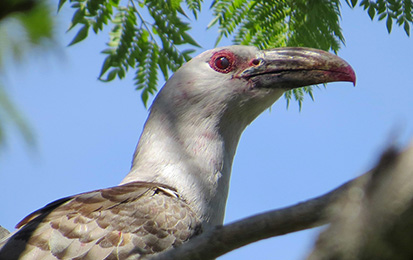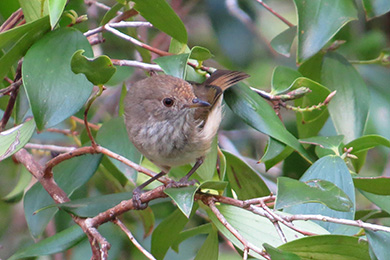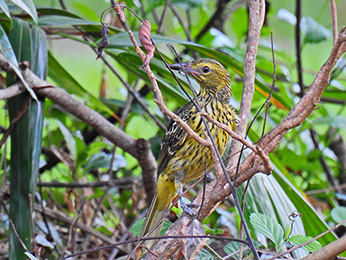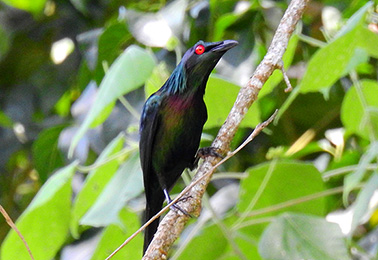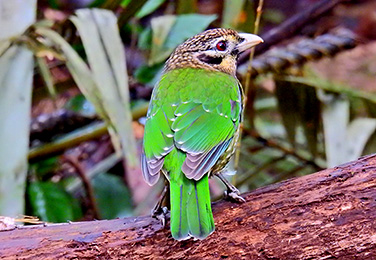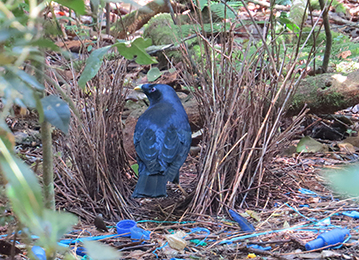AUSTRALIAN SONGBIRDS
Australia’s Songbirds: The Melodic Heart of the Bush
Nature’s Virtuoso Performers
Australia’s songbirds belong to a group known as the Passerines, which literally means ‘perching birds’. Their ability to produce complex vocalisations is a marvel of the natural world, and it plays a crucial role in their survival. These melodious sounds serve many purposes, from attracting mates to warding off rivals and even signalling alarm.
The dawn chorus is perhaps the most enchanting time to experience their music. As light breaks, the air fills with a cascade of calls and songs. Each bird’s tune is distinctive, with some producing sweet, lilting whistles, while others may offer a series of clicks, buzzes, and trills that are unique to their species.
Diversity Across the Land
Australia’s songbirds are found across the continent, from the humid rainforests in the north to the chilly southern coasts, and from the arid heart of the outback to the bustling cities. They adapt to their environments not just in their plumage and behaviour but also in their songs. In urban areas, for instance, some songbirds have been known to adjust the pitch of their songs to be heard over the cacophony of city life.
Cultural Resonance
The role of songbirds in Australian culture cannot be overstated. They are woven into the fabric of Indigenous Australian lore and storytelling, celebrated for their voices and the spiritual connections they represent. Today, they continue to inspire, reminding us of the beauty of the natural world and the need to protect it.
The Science of Song
Anatomy of a Songbird’s Voice
At the heart of a songbird’s remarkable repertoire is the syrinx, a specialised vocal organ located at the base of the windpipe. Unlike the human larynx, the syrinx can produce two different sounds simultaneously, allowing some species, such as the Superb lyrebird, to mimic not only other birds but also environmental sounds with astonishing precision.
| Feature | Description |
|---|---|
| Syrinx | Unique vocal organ enabling complex sounds |
| Dual Sound | Ability to produce two notes at once |
| Mimicry | Some species can imitate other species and noises |
Sensory Experience
Imagine standing in the cool hush of a eucalyptus forest at dawn. The air is tinged with the scent of damp earth and gum leaves. Suddenly, a Silvereye’s clear, flute-like notes ring out, followed by the chattering of Fairy-wrens weaving through the undergrowth. The songs echo, rising and falling, creating an immersive soundscape that is both ancient and ever-changing.
Challenges and Conservation
As we learn more about these feathered troubadours, we also learn about the challenges they face. Habitat loss, climate change, and introduced predators are just a few of the threats that can silence their songs. Conservation efforts are essential to ensure that the music of Australia’s songbirds continues to resonate through the bush and beyond.
Ways to Support Songbirds
- Protect Native Habitat: Preserve bushland and green spaces where songbirds thrive.
- Control Invasive Species: Manage introduced predators and invasive plants.
- Support Research: Participate in citizen science projects tracking bird populations.
- Promote Awareness: Share knowledge about the importance of songbirds in ecosystems.
A Living Symphony
In the grand tapestry of Australia’s wildlife, songbirds are the vibrant threads that add depth and harmony to the landscape. Their presence is a testament to the continent’s rich biodiversity and the interconnectedness of all living things. By appreciating and protecting these avian musicians, we not only preserve their songs for future generations but also the health of the ecosystems they grace with their melodies.
Let the chorus of Australia’s songbirds remind us daily: the natural world is a treasure worth cherishing and safeguarding for all time.

